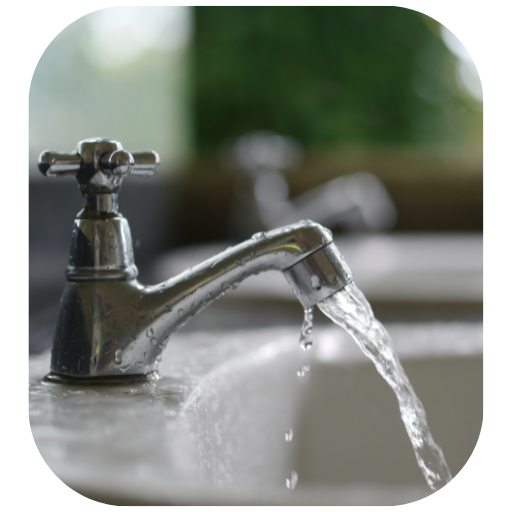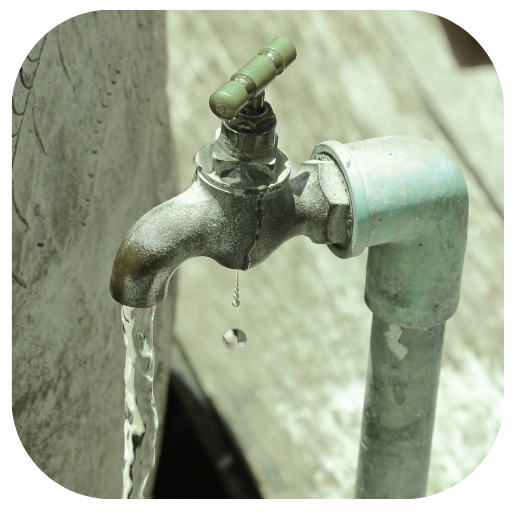Legionella Risk Assessment
A Legionella Risk Assessment is a systematic review of water systems within a building or facility to identify and evaluate the risk of exposure to Legionella bacteria. These bacteria can thrive in warm water systems such as hot and cold water tanks, cooling towers, and spa pools, and can cause Legionnaires’ disease, a potentially serious lung infection.
The assessment involves inspecting the water systems, identifying potential sources of risk, checking temperature controls, reviewing maintenance records, and ensuring appropriate control measures are in place. It is a legal requirement for landlords, employers, and anyone in control of premises with water systems. Regular reviews and updates are essential, especially after changes to the system or if there is reason to suspect it is no longer valid.
Interested?


What To Expect From a Legionella Risk Assessment?
Legionella risk assessments are a legal requirement for landlords, employers, and property managers to identify and control the risk of Legionella bacteria in water systems. During the assessment, a trained assessor will inspect your property’s hot and cold water systems, review any air conditioning or spa systems, and evaluate factors such as water temperature, stagnation risks, and system design. They will also examine maintenance records and current control measures in place. The process is non-disruptive and typically includes a visual inspection, temperature checks, and a review of water outlets, tanks, and pipework. After the assessment, you’ll receive a detailed report outlining any identified risks, recommendations for control measures, and a compliance plan aligned with ACOP L8 and HSG274 guidance. This ensures your legal obligations are met and helps safeguard building users from Legionnaires’ disease.
When Do You Need a Legionella Risk Assessment?
Legionella risk assessments are responsible for buildings where water is stored or used in a way that could pose a risk of Legionella bacteria developing. This includes landlords, employers, business owners, and anyone in control of premises such as offices, rental properties, care homes, gyms, and factories. A risk assessment is required when a property is newly occupied, when water systems are installed or changed, or if there’s a history of low water usage or prolonged vacancy.
Regular reviews are also necessary—typically every two years or sooner if there are changes to the system or use of the building. Compliance with the Health and Safety at Work Act and ACOP L8 is essential to protect building users from the risk of Legionnaires’ disease and avoid potential legal penalties.

